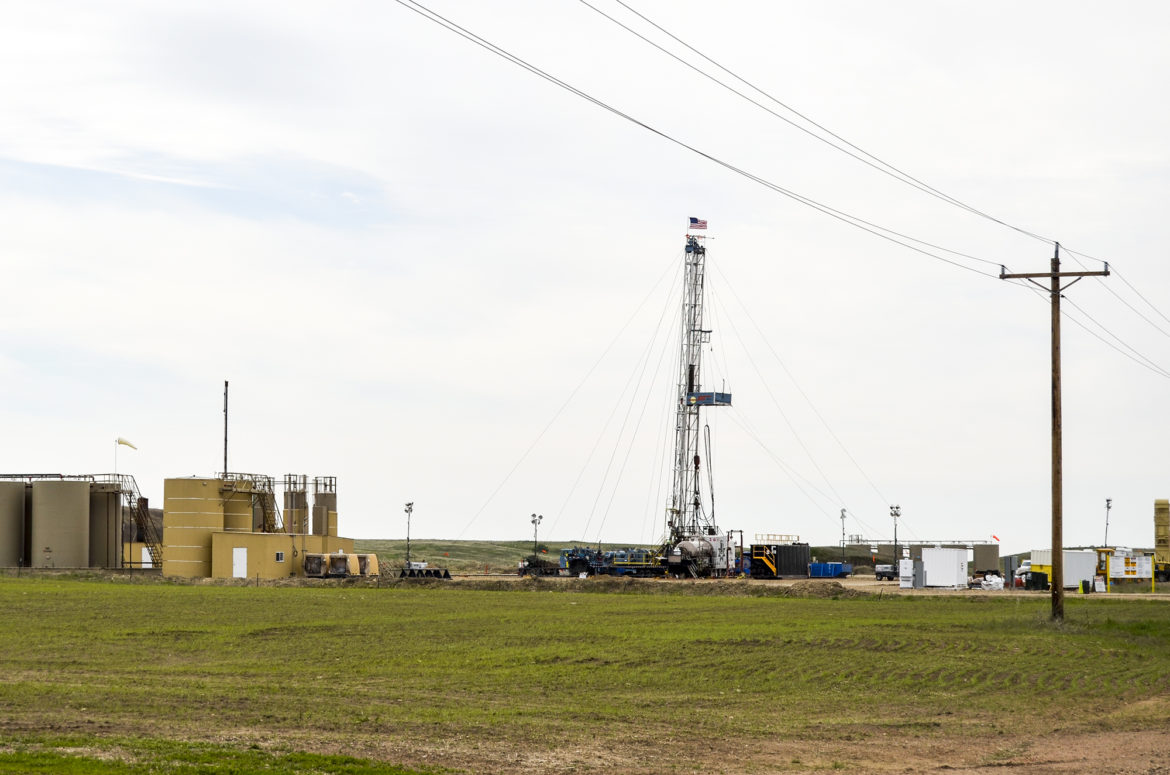Oil prices jumped to a four-year high Monday, after attendees at an OPEC meeting declined to announce an increase in production from Saudi Arabia and Russia despite calls from the United States to raise global supply.
Matt Smith, director of commodity research at ClipperData, says that West Texas Intermediate Crude, or WTI, is getting caught in the slipstream, as Brent Crude prices break above the $80 mark. While the U.S. is strong in terms of production, with up to 11 million barrels per day, there are concerns for the global market.
“We’re having high constraints and issues of being able to get that crude to market, and so that’s really putting the brakes a little bit on WTI while Brent races away from us here,” Smith says.
The differential between the global benchmark and WTI will eventually impact Texas consumers in terms of higher gas prices. And higher prices could encourage production. However, there are many factors holding production down, including the presence of DUCs, also called drilled but uncompleted wells.
“There’s over 8,000 [DUCs] on a national basis, but 43 percent of those, 3,600 of them, are in [the] Permian Basin and that number is continuing to rise,” Smith says.
DUCs cause logistical issues. Smith says that producers are having difficulty getting the barrels out of west Texas, whether by truck, rail or pipeline. The ultimate goal is to get the oil to the Gulf Coast and then onto a ship for to export.
“We’re seeing a manner of different events underway here really to try to get that crude out of the Permian. So that’s really the conontrum we’re dealing with here,” Smith says.
Written by Alexia Puente.
















